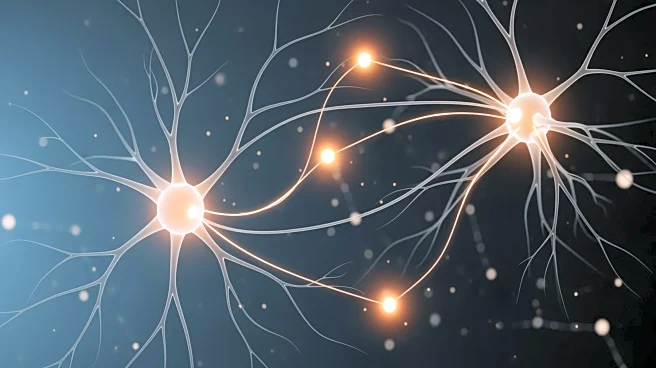What's Happening?
Recent research has explored the role of the hippocampus in sensory integration and learning, particularly in environments with partial observability. The study utilized computational models to demonstrate
how the hippocampus creates predictive maps of the environment, aiding in navigation and task completion. The models, specifically the hcDRQN, showed superior performance in learning tasks compared to other models, highlighting the importance of recurrent dynamics in sensory integration. This research aligns with the broader understanding of the hippocampus's role in linking sensory cues with future outcomes, which is crucial for navigating stochastic environments.
Why It's Important?
The findings underscore the critical role of the hippocampus in learning and memory, particularly in complex environments where information is not fully observable. This has implications for understanding how the brain processes sensory information and adapts to changing conditions, which is vital for developing artificial intelligence systems that mimic human learning. The research could influence the design of AI models, making them more efficient in handling real-world tasks that require sensory integration and decision-making under uncertainty.
What's Next?
Future research may focus on further refining these models to enhance their applicability in real-world scenarios, potentially leading to advancements in AI technology. Additionally, exploring the ethical implications of AI systems that closely mimic human cognitive processes could become a significant area of discussion.
Beyond the Headlines
The study also opens up discussions on the ethical and cultural dimensions of AI development, particularly concerning the replication of human cognitive functions. As AI systems become more sophisticated, understanding their impact on society and ensuring they align with ethical standards will be crucial.












